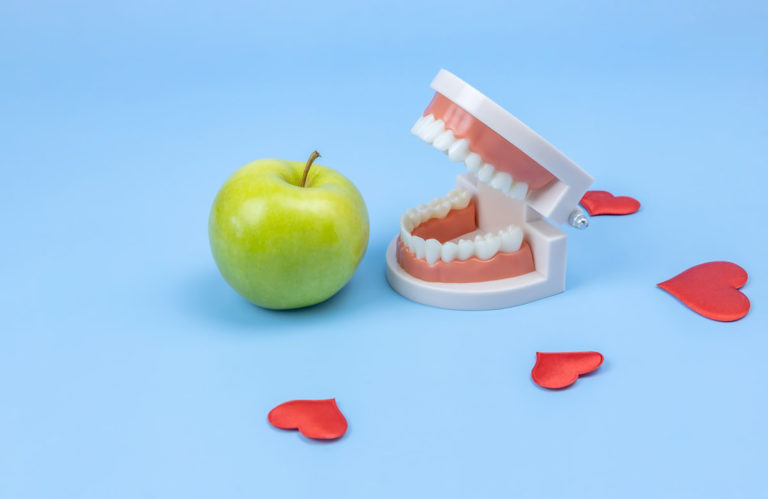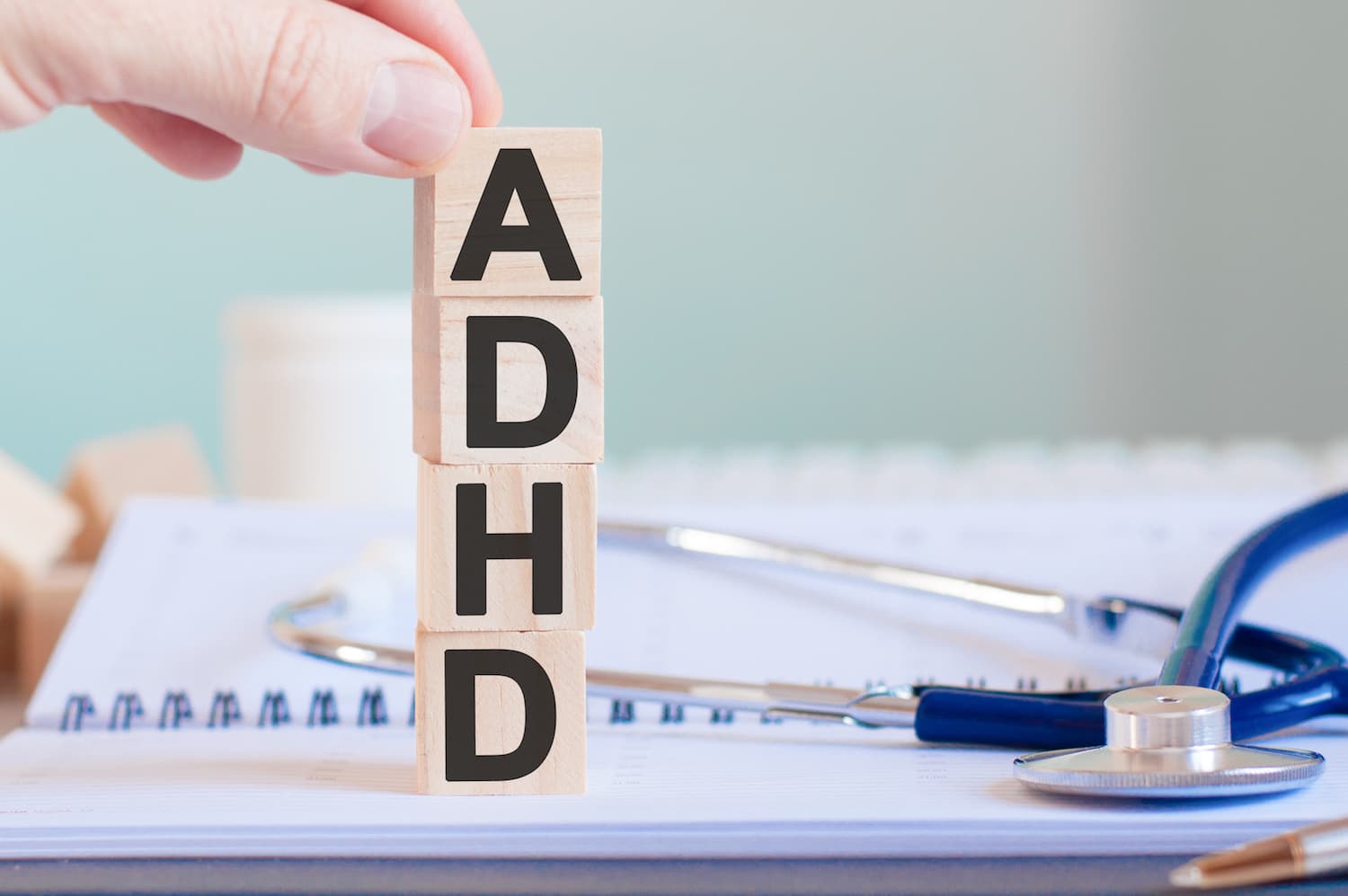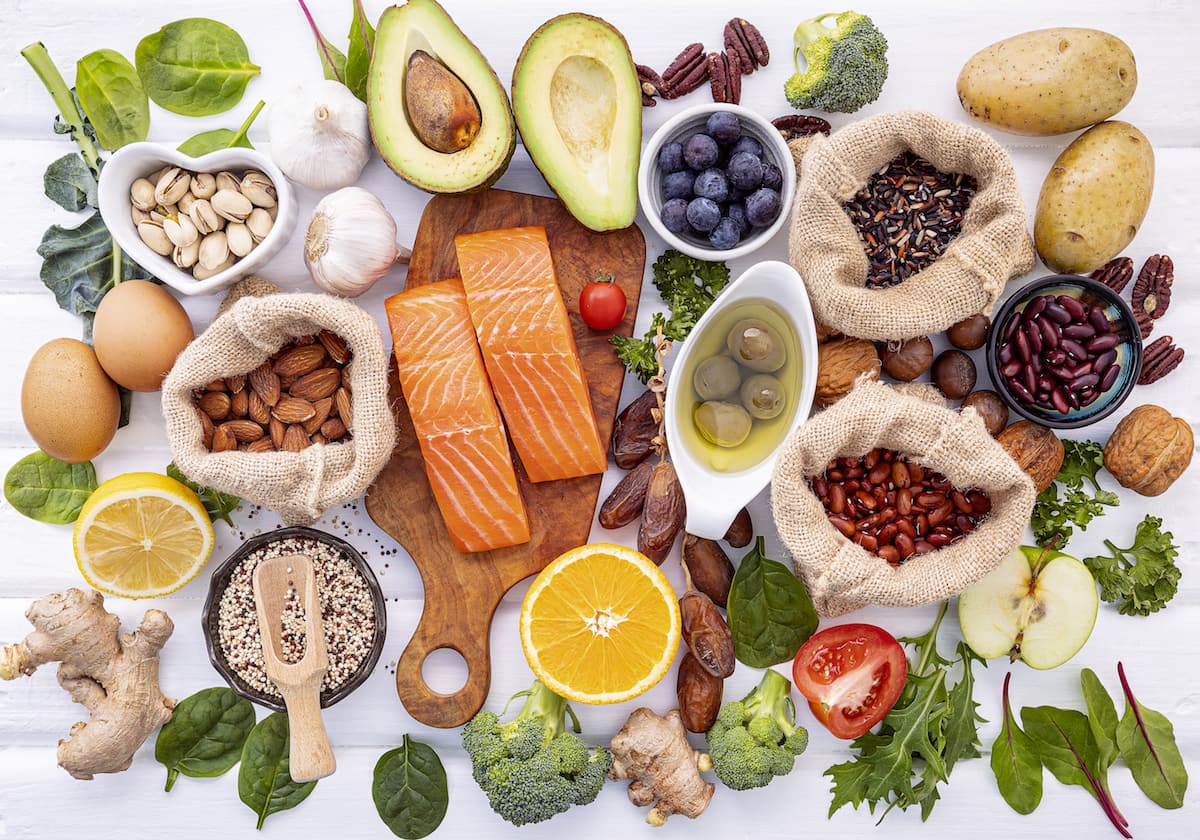Updated on 15. November 2021 from ÁYIO-Q Redaktion
Reading time: approx. 4 minutes
Fear, just like joy, surprise or sadness, is a basic human emotion. Fear is also necessary for survival. It ensures that one is cautious and mindful of risks. With fear, the body activates resources that cause one to flee or fight risk factors. Anxiety is also often associated with physical ailments – such as:
- increased palpitations,
- increased pulse,
- insecurity,
- sweating,,
- dry mouth,
- shortness of breath,
- palpitations,
- tremor,
- dizziness or
- nervousness.
If the anxiety is acute, it can also lead to:
- chest pain,
- nausea,
- increased heart rate,
- diarrhoea,
- difficulty breathing,
- trepidation and
- consciousness disorders
come. One has the feeling that one is no longer really in control of the situation. If one suffers acutely from panic attacks, these often lead to fear of death. Non-specific anxiety, on the other hand, can involve all sorts of pain.1
Many different anxiety disorders have now been scientifically studied, such as:
- Panic Disorder
This disease occurs quite suddenly. Affected people feel extreme anxiety, suffer from panic attacks, which, however, disappear again after a few moments. - Agoraphobia (or claustrophobia)
Sufferers have a massive fear of leaving the house, being in public places, entering department stores, being in crowds or confined enclosed spaces. - Generalised anxiety disorders
Physical indicators are particularly characteristic of this condition. Patients complain of, among other things:
Muscle tension, sleep disorders, concentration problems, muscle tension in the back, sweating, restlessness, trembling, “lumpy feeling” in the throat, cold and clammy hands, palpitations or dizziness. - Social phobia
This is the fear of being perceived as strange, embarrassing or ridiculous by other people (friends, relatives or business colleagues). - Specific phobia
This concerns concrete fears – e.g. of spiders or syringes. Fear of flying and heights also fall into this category.2
If the suffering from an anxiety disorder is not treated, it can develop into anticipatory anxiety, which is the “fear of anxiety.” All potential triggers for this are then classified as risk factors and consistently avoided. Affected people withdraw more and more from life. In addition to their fears and physical illness characteristics, a lack of self-confidence and a permanent feeling of being at the mercy of others are added during the course of the disease.3
The feeling of fear
Everyone is familiar with feelings of anxiety in the form of unease, restlessness or worry. Feelings of this kind can cause panic and horror in extreme cases. Anxiety as a basic feeling causes inner tension, which can lead to an inability to act. One either feels total numbness or tends to extreme quickness in terms of physical or mental processes. Anxiety manifests itself in shame, reservations, inhibition, insecurity, skepticism or reticence and can greatly limit the lives of those affected.4
Study proves: Feeling is healthy
According to a new study, it is considered proven that people who have a wide range of positive emotions rarely have inflammation in their blood. With this knowledge you can prevent diseases and promote general well-being. So feelings of happiness and contentment and other positive feelings keep people healthy. During said study, 175 adults were asked to write down their feelings every day for four weeks. The subjects were asked to note how intensely they experienced their respective feelings. They had to refer to a list of 32 feelings. The list contained 16 positive and 16 negative feelings. Six months later, blood tests were performed to determine the levels of inflammation in the subjects. Result: Those who had perceived a large number of positive feelings every day had very little inflammation – in contrast to those who had defined a less extensive range of feelings. Study leader Anthony Ong suggests that the key to optimizing health is for people to experience their emotions in greater detail. He advises paying more attention to emotions overall.5
Dealing with negative feelings
If you turn too much to the negative, you quickly become a victim of your emotional world. You feel helpless and completely overwhelmed by the force of your own emotions. If you over-identify with your grief, despair, anger or worry, these feelings can even become part of your self-image. So-called self-fulfilling prophecies are the result. Because subconsciously you continue to generate those negative feelings. And these in turn lead to anxiety. It therefore makes sense to keep focusing on the positive. Thus the negative loses its dominance and at the same time the overcoming of fears moves into the realm of possibility.6
What you can do yourself against anxiety
To alleviate one’s fears, one thing above all helps: face the situations that trigger fear. For example, if you have a fear of flying, you should still get on a plane. In addition, you should always remember that anxiety symptoms such as sweating, shortness of breath or dizziness do not lead to fainting or even a heart attack. Social anxiety can be managed by engaging in communicative situations. This could include the following exercises: direct eye contact, making phone calls, talking, asking strangers questions or asking them for help. Of course, it’s not easy to come to terms with your fears, which have often been with you for years. Optimally, one should proceed step by step. This is the best way to reduce fears. Even a small sense of achievement can make a big difference. An appointment with your doctor can be the first step in the right direction. He may advise psychotherapy. However, this then takes a correspondingly long time, because an anxiety disorder is known not to be a cold. With appropriate support, crises can be better managed. Here, the support of loved ones (friends, relatives, business colleagues) can also be a great help. There are also support groups specifically for anxiety patients. Because often the exchange of experiences with people who are also affected can also be very constructive.7
Incidentally, the online portal ÁYIO-Q also offers useful tips and suggestions for coping with anxiety and supporting therapies. There is the possibility to clarify questions and to make a free test concerning the own life energy. There is also a wide range of courses and programmes.
88% of participants in ÁYIO-Q programs rate their mental and physical condition as better after twelve weeks. Overall, 78% of participants are very satisfied with ÁYIO-Q’s programs and recommend them to others.
Related articles to: Anxiety disorders
How conventional medicine treats anxiety
What medicinal plants, vitamins and minerals help against anxiety?
Sources:
[1] NetDoctor: Angst, at https://www.netdoktor.de, Access date 05.07.2021
[2] Patienten-Information.de: Patienten-Information.de: Angst – normales Gefühl oder doch eine seelische Störung?, at https://www.patienten-information.de, Access date 05.07.2021
[3] Neurologen und Psychiater im Netz: Was sind Angsterkrankungen bzw. Angststörungen?, at https://www.neurologen-und-psychiater-im-netz.org, Access date 05.07.2021
[4] Philognosie – Wissen gestaltet die Welt: Was sind Gefühle? Die fünf Grundgefühle …, at https://www.philognosie.net, Access date 05.07.2021
[5] Kurier.at: Studie: Viel zu fühlen ist gesund, at https://kurier.at, Access date 05.07.2021
[6] Mobil-e: Von Angst bis Wut: Negativen Gefühlen einen Sinn geben, at https://mobil-krankenkasse.de, Access date 05.07.2021
[7] Patienten-Information.de: Angst – normales Gefühl oder doch eine seelische Störung?, at https://www.patienten-information.de, Access date 05.07.2021















